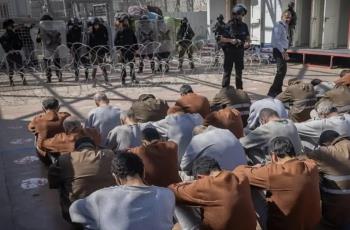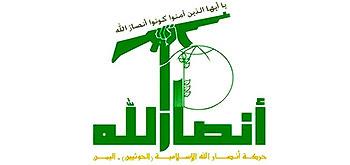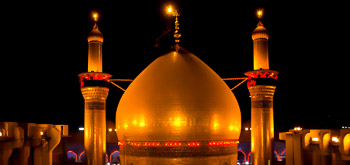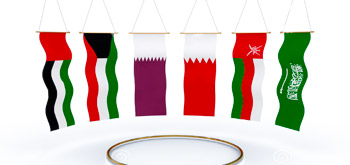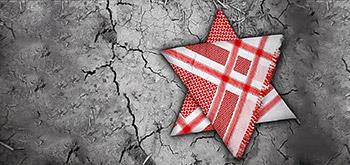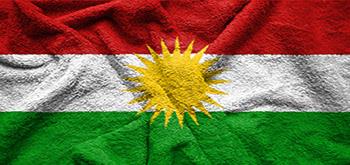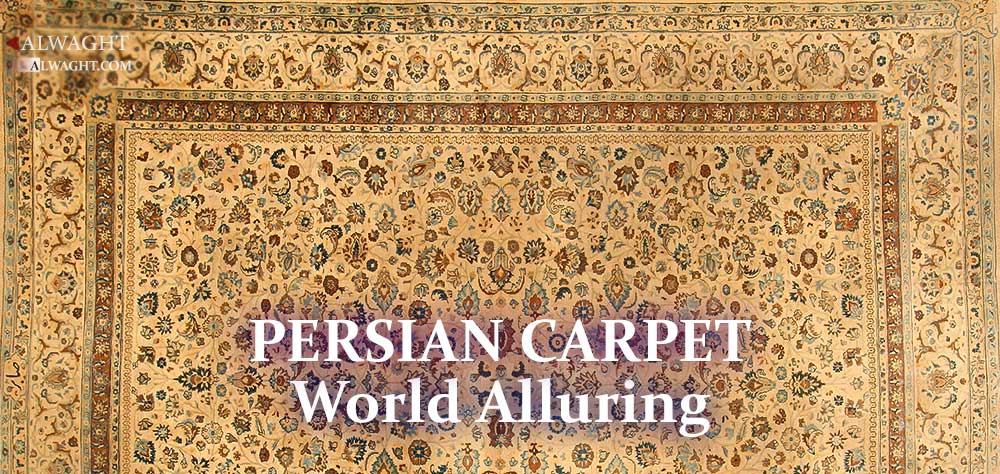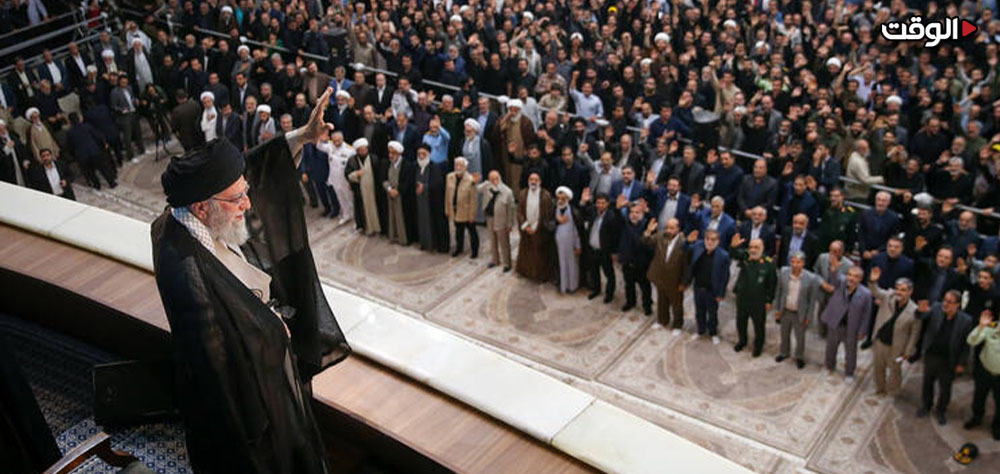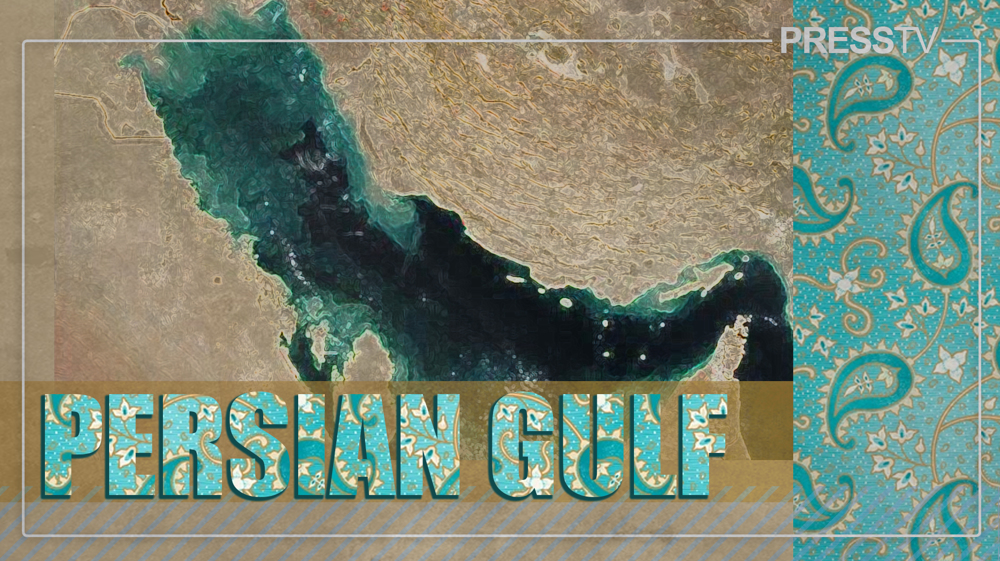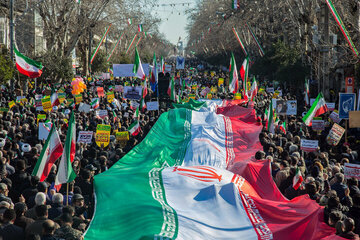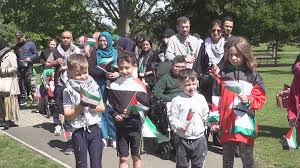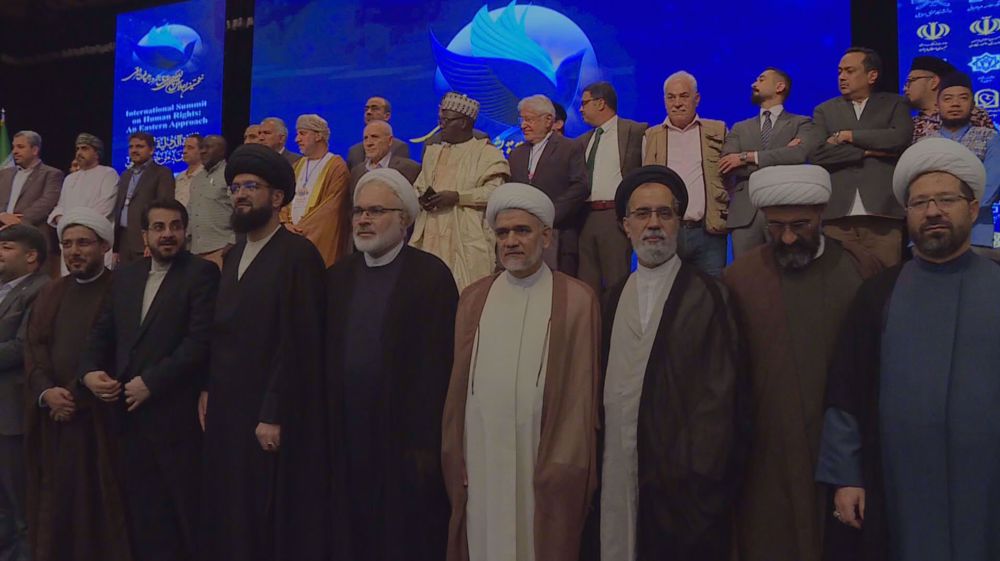Perhaps the history of carpet weaving starts when the first nomadic and tribal societies started to take shape on earth thousands of years ago. The need for comfort and warmth during seasonal changes and protection from climatic phenomenon forced the man to learn how to employ the most abundant raw materials that at that time were more readily available to him to answer his needs. Wool from herds of domesticated sheep and goats , cotton from the fields of early agricultural communities, and latter on silk , were the most available kind of materials to the inhabitants of western and central Asia during the early stages of civilization.
In the poetic book of Shah-Nameh , the Iranian epic poet Ferdowsi dates back the carpet weaving to the time of ancient Pishdadian Dynasty when Tahmureth, the third king of the dynasty , among other crafts, introduced the art of carpet weaving to his people. The Tabari Book of History also talks about carpets woven using animal hair and wool during the same historic era.
The oldest registered sign of carpet weaving dates back to the bronze age after finding a special knife used as a carpet weaving tool in a grave excavated by archeologists in northern regions of modern Iran .
Also archeological discoveries in Shahr-e- Sukhteh ( the Burnt City) situated in Sistan-Baluchestan province in south- eastern region of Iran, bear witness that the inhabitants of the city were well familiar with the weaving techniques in order to produce floor coverings for their homes and dwellings when the city was at the height of its flourishing era from 3500-2800 BC.
The Greek historian , Xenophon , mentions that the ancient city of Sardis was priding itself on its hand woven carpets ,decorated with the designs and motifs of mystical creature Lamassu and human figurines.
One of the oldest records of hand-woven carpet was found in the form of a bas-relief on the walls of an old palace in the historic city of Neynava located at the banks of river Tigris in Mesopotamia. But the oldest hand-woven carpet found so far, and remaining, is the Pazyryk Carpet. The carpet was discovered by Russian archeologists in their 1949 excavation of the tomb of a Scythian king in Altay mountains . The carpet, roughly sized 189x189 cm , using carbon-dating methods ,is dated back as far as 500-400BC and now is being kept at the Hermitage Museum in St. Petersburg, Russia. The experts believe it was made during the Achaemenian or Parthian rule in Persia ,as most motifs and designs of the carpet resembles those popular during the time of these two dynasties.
Other historic records and findings show the art of carpet weaving was popular among people of the ancient and historic city of Hecatomphylis (or Shahre-e Qumis)located in modern Central Iran province of Semnan.
But Perhaps Baharestan Carpet can be considered the most famous hand-woven carpet in the history of Persia. As mentioned by historians , it was a large carpet used in the court of the last king of Sassanid Dynasty . It is said that the carpet was woven, along with other regular materials, using silk, gold and silver threads and decorated with precious stones as well.
By the spread of Islam into the Persian Empire and starting from the first Hejri century ( about 637-651 ) prohibition of using human motifs and patterns due to Islamic teachings forced the Iranian carpet weavers to develop and innovate new patterns and designs mostly based on floral and geometric patterns and thus starting a new era in weaving of Persian hand woven carpets.
During the time of the Abbasid caliphate ( 750 – 1517 AD) a growth in tendency towards more luxuriant and palatial life style prompted a growing taste for more decorative and luxurious carpet designs and makes .The famous Arab explorer of 14th century, Ibn Battuta, also remarks about the glamour and grandeur of the Persian hand woven carpets he encountered during his travels to the court of Ilkhaniate viceroy of Khorasan province , Ghazan Khan, and the glamour of carpets used at the holly shrine of Imam Reza (PBUH) , in the city of Mashhad in north-east of Iran.
There has also been mentioning of large carpet weaving workshops in the city of Sabzevar in Khorasan region, during the reign of Theimorit rule and the use of miniature drawing technique by Iranian designers of the time.
The Safavit Period
But it was not until the time of Safavit Dynasty ( 1501-1736 ) that the art of carpet weaving in Persia reached to its heights. The political stability and robust economic situation that prevailed most of the Safavit nearly 230 years rule , along with start of direct trading routs with Europe ,all helped to improve and expand the carpet weaving in Iran during this time.
Shah Ismaeil I , the founder and the first king of the dynasty established the first workshops for carpet weaving in his capital city of Tabriz in order to organize carpet weaving activities , a practice that was followed by his successor Shah Tahmasp I. Many famous and renowned Persian carpets were woven during the long reign of Shah Tahmasp I.
Perhaps the most famous carpet of this time is the Ardebil Carpets . The carpets were originally made in pair for the shrine of Sheikh Safi al-Din Ardebili by the order of Shah Tahmasp and one now is being kept at Victoria &Albert Museum in London and the other at Los Angles Museum of Arts.
The original carpet measures 10.5mx5.3m ,with a knot density of 47-54 knots/cm ,with a total of 26 million knots. The material used in the weaving of the carpet is silk and wool .
By the time of coming to power of Shah Abbas I ( 1587-1629) , the capital (by then was moved from Tabriz to Qazvin by Shah Tahmasp) was relocated to the newly constructed city of Isfahan (Esfahan) in central Iran.
Shah Abbas made great efforts to change the carpet weaving from a tribal and rural craft to a more organized and moderated industry.
Large workshops were set-up in Isfahan as well as in the major carpet weaving centers of Iran. Each region was encouraged to adopt to its native designs and weaving methods in order to safeguard the originality of the workmanship and designs . Standards were set for preparation of raw materials such as wool, cotton, silk and dyes in order to increase the quality of the carpets. Workshops started to receive orders from foreign traders ,especially from Europe , who started frequenting the Safavit court and . Carpet weaving flourished greatly during this period, both in the terms of artisanal workmanship as well as the economical point of view.
Expansion of trading routs , construction of Caravanserais along the main roads connecting major Iranian trading cities which added greatly to the safety of the merchants and travelers , as well as political stability , all were major elements that donated to the flourishing of carpet weaving during the Safavit Dynasty .
A pass through famous art museums of the world and collections of private art collectors bears witness to the exceptional and unparalleled artisanal craftsmanship of Iranian designers and carpet weavers of this era which could not be rivaled by any other nation.
The impact these measures had on the carpet weaving industry in Iran was so deep that even now most famous Persian Carpet makes and designs are known by their original names designated to them during that era.
Another important event of that time was expansion of international trade on Persian Carpets & Rugs . Many foreign companies ,mostly from Europe , opened merchant houses in Iran in order to trade directly with the important weaving centres.
The Afsharit and Zandieh Period
The final years of Safavit Dynasty witnessed constant warring campaigns and the invasion of Hotaki clans from east which resulted in subsequent fall of the capital city of Isfahan to their hand.. The successive military campaigns and hostilities among warring factions greatly weakened the economy and political stability of Iran for some years to come.
In 1736 Nader Shah Afshar ( from Afshari tribe) claimed the throne form the last Safavit king and proclaimed himself The Shah of Persia . As a great military commander he succeeded in succumbing his enemies to submission and established the Afsharit Dynasty that lasted for sixty years. During his rule the political and social stability return to the land once more. He moved the Iranian capital from Isfahan to the holly city of Mashhad in north-eastern province of Khorasan.
Here the story of The Persian Carpet starts once more. The city of Mashhad ( Mash-had) became the new capital of carpet weaving activities and Afshari designs and motifs became the new name in the art of Persian carpet weaving . The carpets woven in the city of Mashhad and its subordinate cities bear their distinctive properties and characteristics. They are known by their warm colours, robust structures which makes the suitable for most household use and long life but also cheaper values which makes them distinctive from carpets woven in other major carpet weaving centres of Iran. Today many regions are adopted to Afhsari designs and rugs and carpet designated the name of Afshari Carpet are woven in many parts of Iran.
The reign of Zandieh Dynasty that came to power after the fall of Afsharit Dynasty, was short lived. During the new dynasty the capital of Iran was once more moved from Mashhad to the city of Shiraz . During this period relative peace and economic growth prevailed , specially during the reign of its first king , Karim- Khan Zand. The Zandieh made efforts to revive the economic dynamics of Safavit era once more, specially during the time of Karim Khan , who allowed the British East India Company to open trading post in the port city of Bushehr at the cost of Persian Gulf in order to revitalize foreign trade with European countries once more. Although no special progress was made regarding the art of carpet weaving during Zandieh period but encouraging artisanal works and fine arts as a whole had a inspiring and deep impact that was well carried on into the coming years as what became known as The school of Zandieh Art which inspired many future artists well to the time of the Qajarieh Dynasty and thus affected the art of carpet weaving indirectly .
The Qajar Period
Carpet weaving continued its momentum during the Qajarieh era well into the Twentieth century. The most significant development of this period perhaps is not the art of carpet weaving but commercialization of Persian carpet industry.
The reign of Qajarieh , which lasted for nearly 140 years from 1785 to 1925 , is marked by the rapid development of international relation between Iran and other countries specially with Europe.
Many European countries started sending their emissaries to Iran seeking new economical opportunities . On the other hand the Iranian government seeking to revive its economy after years of political turmoil and long wars , observing the industrial development and economical achievements of European countries , tried to benefit from the new environment by means of allowing foreign companies to expand their commercial activates in Iran .
Major trading companies from England , France, Italy, Germany, Austria and Holland started opening offices in major Iranian trading cities such as Tabriz, Tehran, Isfahan and Kerman. Many of them found great opportunities in hand-woven Persian Carpet industry and hence initiated direct contact with major carpet weavers in main carpet producing centres. Companies such as Ziegler & Co started to invested heavily in the Iranian carpet weaving industry in order to respond to the growing need of wealthy European aristocracy that had started to flourish during the time of industrial revolution in Europe.
New designs were prepared and offered to weavers to produce carpets according to the taste of new customers; Dyeing techniques of raw materials such as wool, cotton and silk were improved due to the a rise in technical knowledge of the weavers through interaction with European traders.
Persian Carpets and Modern Times
Since the beginning of the Twentieth century carpet weaving has gone through tremendous changes. Extensive improvements in preparation techniques of such raw materials as wool, cotton and silk and dyes , developments in new designs and patterns more standardization of sizing of carpets and rugs, introduction of higher quality of raw materials imported from outside sources have considerably donated to the improvement of Persian Carpets & Rugs.
On the other hand , numerous organizations and companies were instituted in order provide support to the more organized production of Persian Carpet in Iran during the last several decades. Currently many Iranian institutes of higher education offer extensive academic courses on carpet weaving techniques , from the art of designing to the final stages of producing a genuine Persian Carpets.
There are also many governmental and private sector establishments supporting commercial aspects of carpet weaving by promoting and providing proper channels for marketing Persian Carpet worldwide.
It can be said that The art of Persian Carpet Weaving is a never-ending story , a story that shall be kept being told as long as the people who created it will keep on doing so. A story so colourful and vivid as the colours and patterns that has given The Persian Carpet its universal pomposity and magical enchantment of the ages . A story that has adorned the life of human being , whether be those who have put generations of efforts into creating it or those who have obtained it in order to decorate their lives with it and were fascinated by what they called The Magic Carpet.
Source: incc.ir/en


